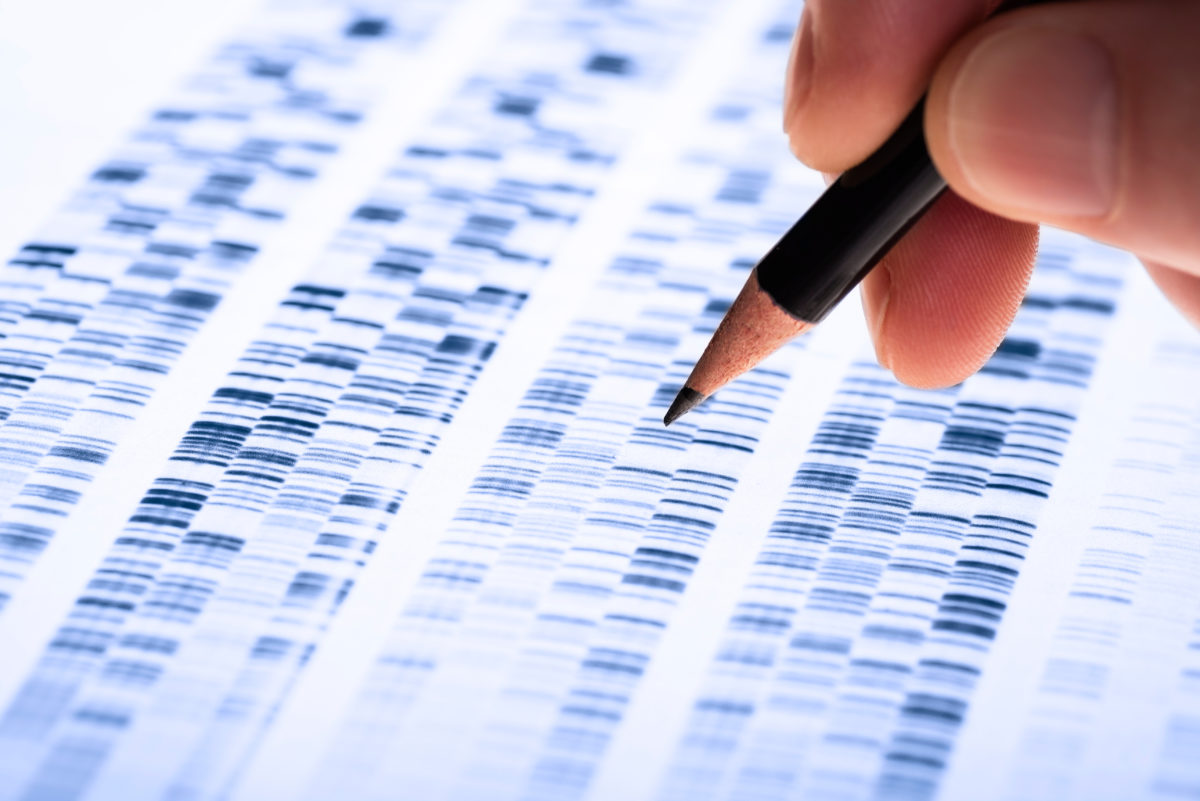By Jeffrey R. Botkin, MD, MPH, Professor of Pediatrics and Medical Ethics at University of Utah
We are at a critical crossroad in reproductive medicine. How should science and society more broadly manage the powerful new technologies that can alter the genes of human embryos? In a recent paper published in Genetics in Medicine, the official journal of the American College of Medical Genetics and Genomics (ACMG), I argue that banning the use of this technology editing human embryo is the right direction.
Concerns over theoretical capabilities of “designer babies” have been with us for generations. The ability screen and test for embryos and fetuses with undesirable characteristics and forestall their birth is well-developed and familiar. But the actual ability to add, subtract or alter genes in the embryo is quite new. The CRISPR-Cas9 technology and related technologies burst on the scene in the last decade and the ability to relatively easily and cheaply to alter human embryos is no longer science fiction.
A Chinese scientist, He Jiankui, was first out of the gate with claims of having altered the genomes of two children born in late 2018 with the intent of making them immune to HIV. The scientific community across the globe was shocked and angered. He was subsequently convicted of criminal behavior, not of gene editing per se, but of violations of human subject regulations.
A Moratorium
What now? An international group of senior scholars recently called for a global moratorium on any attempts to create children through gene editing at least until questions of safety could be addressed. A prior report by the US National Academy of Medicine described a number of significant hurdles that should be crossed before any attempts to create a baby. Yet the notion of a moratorium implicitly accepts a position that, once certain criteria are addressed, heritable genome editing could be ethically appropriate. The Asilomar Conference on recombinant DNA in 1975 is a famous example of scientists voluntarily establishing a moratorium on recombinant DNA technology until clear guidelines were established. But with recombinant DNA, there was no question of the enormous potential benefits of the technology. The challenge was to address legitimate concerns about biosafety so that the benefits could be pursued with manageable risk.
A Ban
In contrast, heritable genome editing has virtually no useful or justifiable uses that cannot be achieved through existing technologies. Couples at risk of bearing a child with a genetic condition typically will be able to produce unaffected embryos that can be identified through preimplantation testing. Why try to edit the genome of an “affected” embryo when an unaffected embryo can be transferred through existing approaches? The safety of children born following genome editing is a central concern. Yet how will adequate safety be assessed and established without research involving hundreds if not thousands of women as egg donors? These women must be recruited as carriers for conditions deemed sufficiently severe to warrant the risks to women and the edited babies who will ostensibly benefit in the future. Done right, this research agenda would be a monumental undertaking from the perspectives of risk/benefit to human subjects, regulatory oversight, manpower and cost considerations.
But even more concerning would be the fostering of attempts to enhance children through heritable gene editing. Once some degree of safety was established with therapeutic/preventative applications, the door would swing wide for services by scrupulous and unscrupulous providers alike to offer “designer” children. Of course, complex traits that might be tempting to enhance, like intelligence, athletic ability, personality traits, etc. are due to complex and very poorly understood interactions between thousands of genes and environmental and random factors. Meaningful genetic enhancements of such traits may never be feasible but this would not prevent the marketing of interventions that purport to achieve such results. Implicit in this argument, but beyond the scope of this note, is a conclusion that heritable genetic enhancements of children raises serious ethical concerns including physical and psychological risks and social justice.
The justification for a ban on this application for this technology is threefold: the benefits are remarkably limited, the achievement of adequate safety would require a large allocation of a whole host of social resources, and the risks of misuse of the technology are profound. In contrast, the benefits of somatic gene editing are extremely exciting and should be pursued vigorously. The right path forward at this crossroad is one that truly enhances the health and welfare of children and families.
